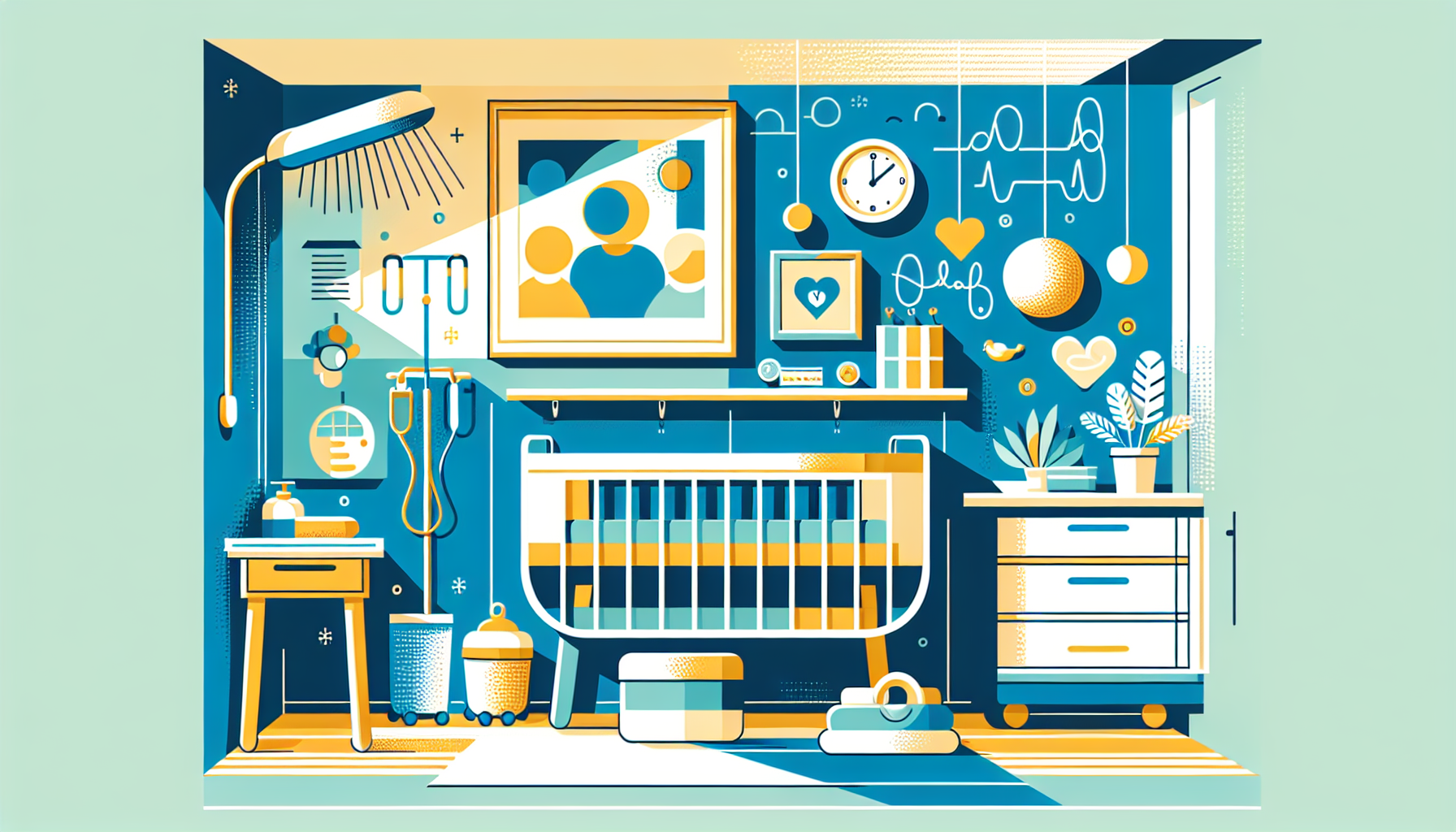Does Mounjaro Affect Fertility?
Understanding Mounjaro and Its UsesMounjaro is a prescription medication commonly prescribed for managing type 2 diabetes. It belongs to a class of drugs that help regulate [...]
Read More
Medically reviewed by Alan Lucks | MD, Alan Lucks MDPC Private Practice - New York on April 12th, 2024.
Preparing for your baby's arrival is an exciting time, but setting up the nursery can be overwhelming. With so many decisions to make, it's essential to prioritize safety and practicality. In this article, we'll guide you through the process of creating a comfortable and secure space for your little one.
The crib is the centerpiece of your baby's nursery, and its placement is crucial for both convenience and safety. Position the crib near the door to ensure quick access during late-night feedings or emergencies. However, keep these important safety guidelines in mind:
Avoid placing the crib near windows to prevent accidents involving drapes, blind cords, or window screens.
Keep the crib area clear of electrical cords and heavy objects that could fall and cause harm.
Don't hang anything with strings or ribbons near the crib, as these pose a choking hazard.
If you have twins, the American Academy of Pediatrics recommends that newborns can share a crib initially, but as they grow, separate sleep spaces will be necessary.
When arranging the nursery furniture, consider both practicality and safety. Place the changing table near the crib for easy access, but keep some supplies within reach in other areas of the room and house for convenience.

Position your chair or rocker close to the crib and door, allowing for smooth transfers of your sleeping baby and quick exits. As your child grows into a curious toddler, secure tall and heavy furniture like dressers, changing tables, bookshelves, and toy boxes to the walls using furniture straps to prevent tipping accidents.
In addition to furniture placement, there are a few final touches to ensure your baby's safety and comfort:
Install a night-light to navigate the room easily in the dark or when half-asleep.
If using a toy box, ensure it has a spring-loaded support to prevent the lid from slamming on little hands or heads.
Don't forget to install a baby monitor, a working smoke alarm, and a carbon monoxide detector in the nursery.
By following these guidelines, you can create a safe, practical, and inviting space for your baby to grow and thrive. Remember, a well-planned nursery not only provides comfort for your little one but also peace of mind for you as a parent.
Safe nursery setup requires specific measurements and safety equipment installation before your baby arrives home from the hospital. Focus on proper crib placement, furniture anchoring, and environmental controls to create the safest possible sleep environment. If you have questions about nursery safety requirements or need guidance on specific setup concerns, Doctronic can provide expert answers quickly.
Understanding Mounjaro and Its UsesMounjaro is a prescription medication commonly prescribed for managing type 2 diabetes. It belongs to a class of drugs that help regulate [...]
Read MoreUnderstanding Hydrocortisone Uses and DosagesHydrocortisone is a versatile medication primarily used to reduce inflammation and suppress the immune system in various [...]
Read MoreUnderstanding Zepbound and MounjaroWhen managing type 2 diabetes, patients often face a variety of medication options. Zepbound and Mounjaro are two such options gaining [...]
Read More